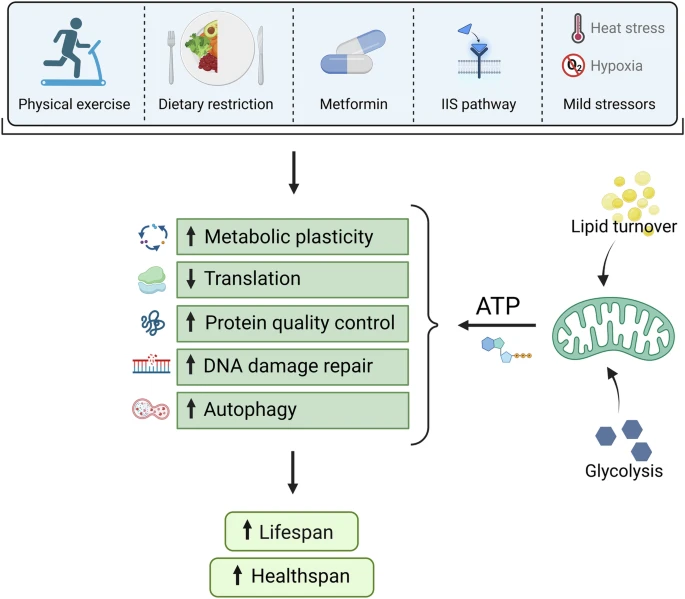By Eleanor Garth – Longevity.Technology –
Transient naive reprogramming is capable of epigenetically correcting human induced pluripotent stem cells – should it be the preferred method?
Somatic cell reprogramming is resetting the epigenome of a somatic cell through cell fusion, somatic cell nuclear transfer (SCNT), and expression of the Yamanaka reprogramming factors Oct4, Sox2, Klf4 and c-Myc (OSKM) [1]. Cells undergo significant reconfiguration when reprogrammed into human-induced pluripotent stem cells (hiPS cells). However, significant differences have been observed between human induced pluripotent stem cells (hiPS cells) and human embryonic stem (hES) cells. Previous studies have reported these two cells to be functionally and epigenetically different, so while hiPS cells were hailed as an effective replacement for hES cells, the seemingly random variation in the differentiation propensity of hiPSCs has frustrated researchers who were hoping to leverage their potential for disease modeling and cell replacement therapies.




